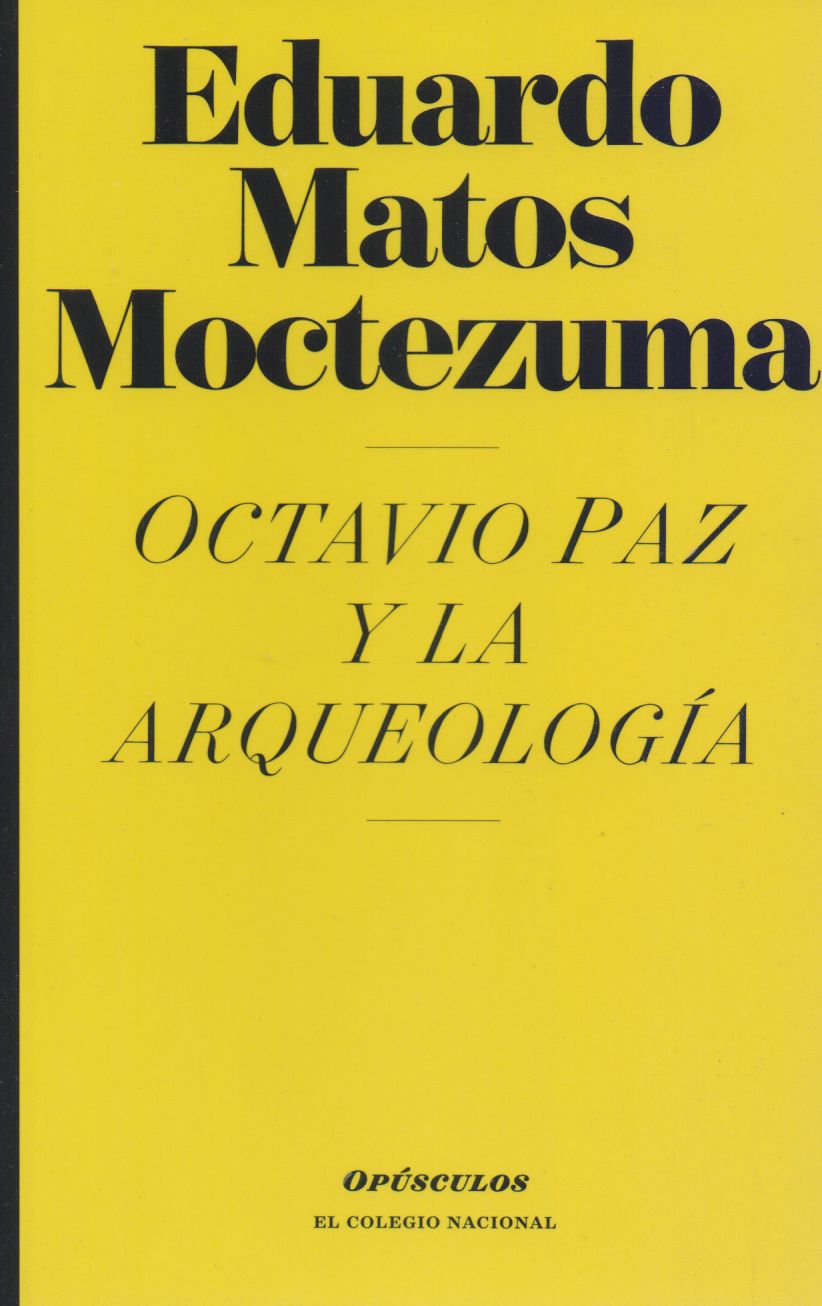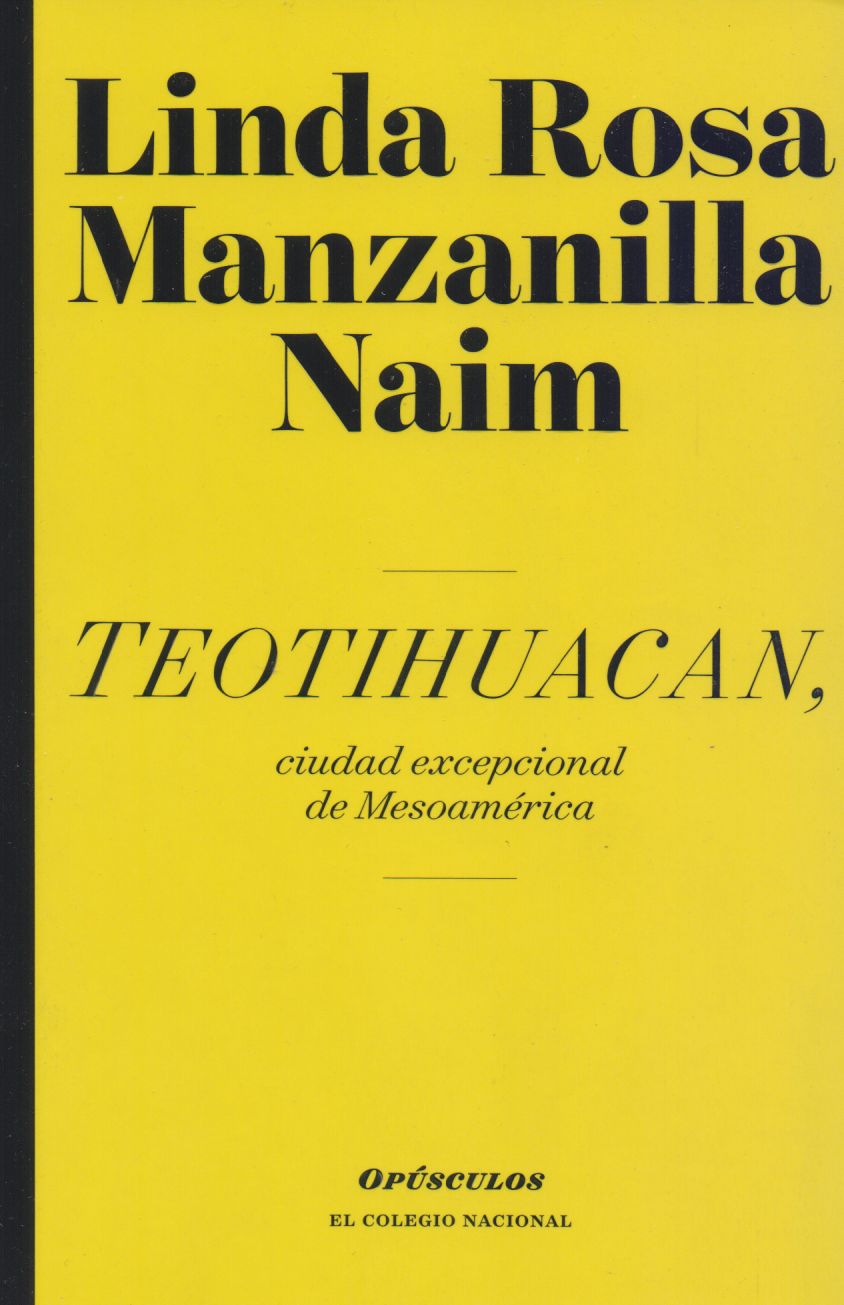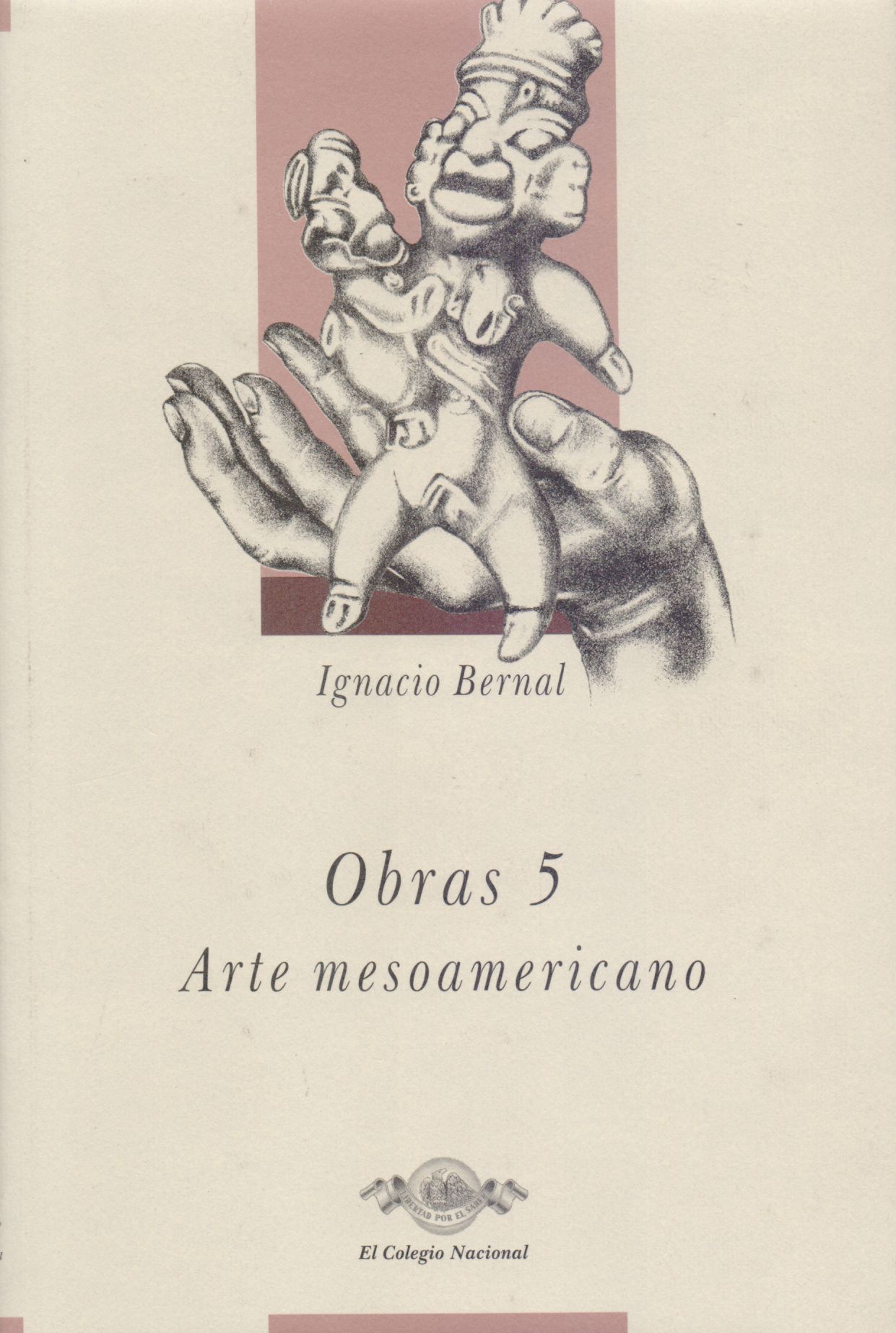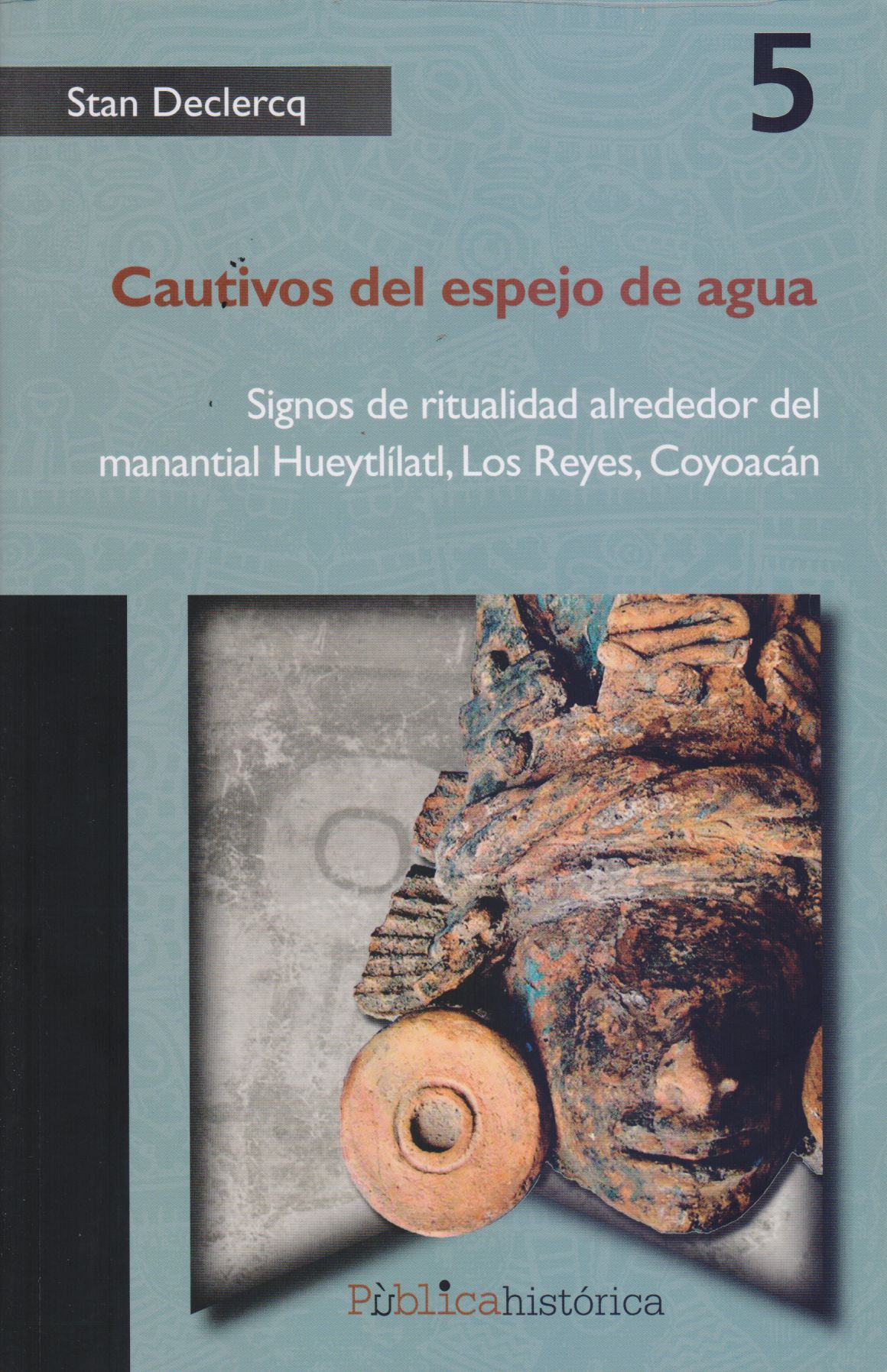Libros relacionados
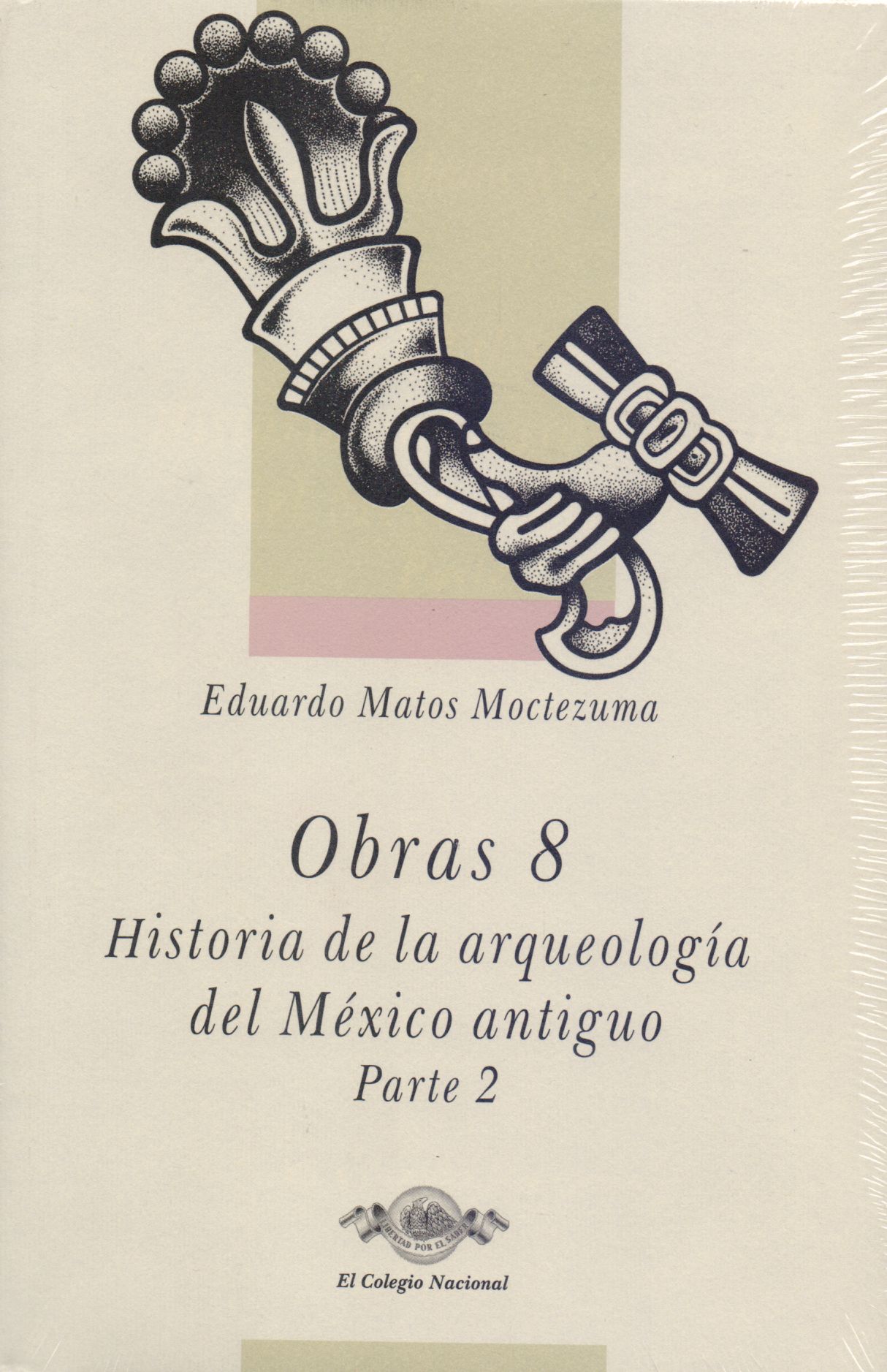 |
Obras 8: Historia de la Arqueología del México Antiguo Parte 2 Matos Moctezuma, Eduardo Colegio Nacional |
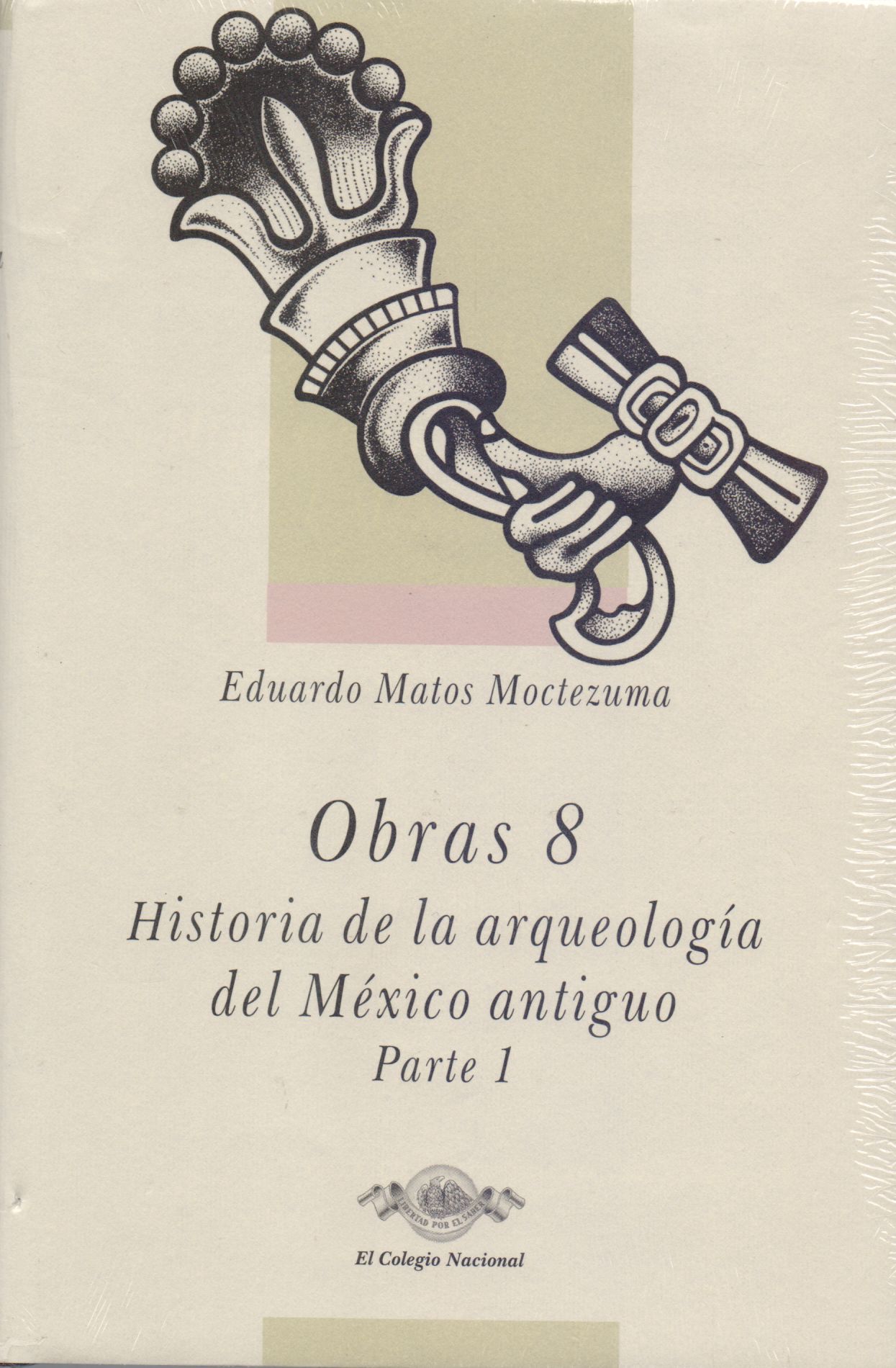 |
Obras 8: Historia de la Arqueología del México Antiguo Parte 1 Matos Moctezuma, Eduardo Colegio Nacional |
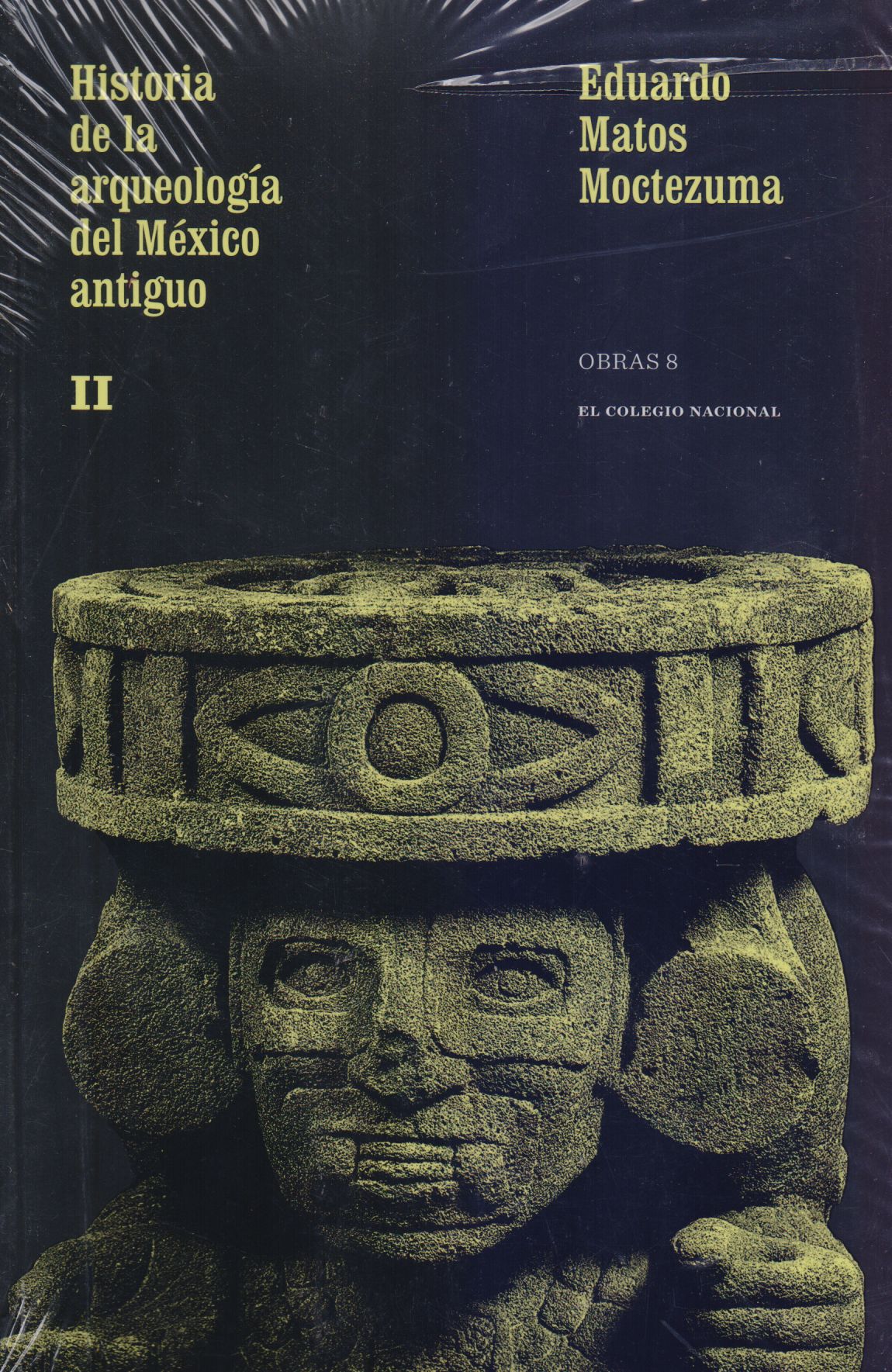 |
Obras 8: Historia de la Arqueología del México Antiguo Vol. II Matos Moctezuma, Eduardo Colegio Nacional |
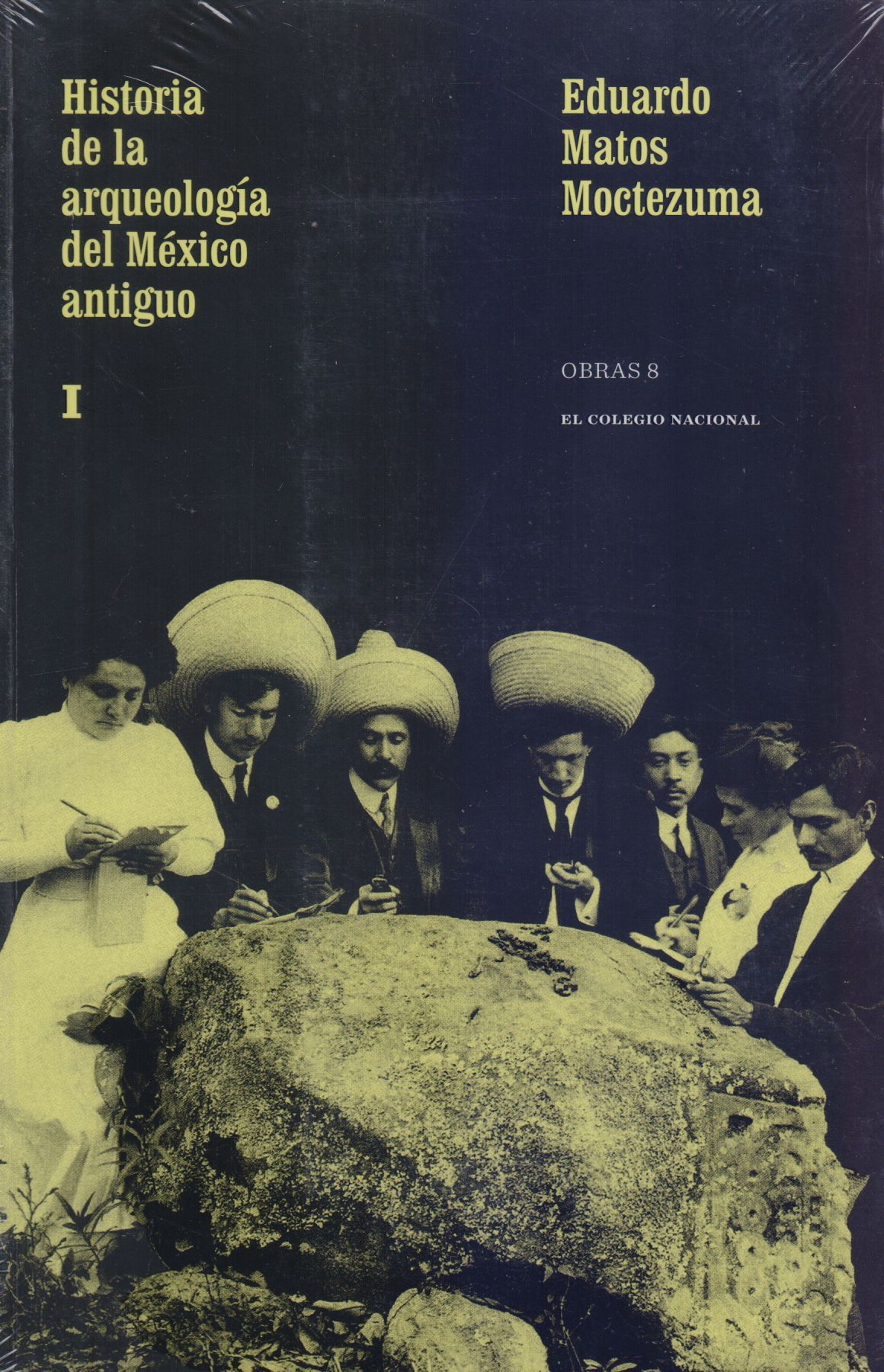 |
Obras 8: Historia de la Arqueología del México Antiguo Vol. I Matos Moctezuma, Eduardo Colegio Nacional |


|
Título: Ceramics And Community Organization Among The Hohokam | |
| Autor: Abbott, David R. | Precio: $720.00 | |
| Editorial: University Of Arizona | Año: 2000 | |
| Tema: Arqueologia | Edición: 1ª | |
| Sinopsis | ISBN: 9780816519361 | |
| Among desert farmers of the prehistoric Southwest, irrigation played a crucial role in the development of social complexity. This innovative study examines the changing relationship between irrigation and community organization among the Hohokam and shows through ceramic data how that dynamic relationship influenced sociopolitical development. David Abbott contends that reconstructions of Hohokam social patterns based solely on settlement pattern data provide limited insight into prehistoric social relationships. By analyzing ceramic exchange patterns, he provides complementary information that challenges existing models of sociopolitical organization among the Hohokam of central Arizona. Through ceramic analyses from Classic period sites such as Pueblo Grande, Abbott shows that ceramic production sources and exchange networks can be determined from the composition, surface treatment attributes, and size and shape of clay containers. The distribution networks revealed by these analyses provide evidence for community boundaries and the web of social ties within them. Abbott's meticulous research documents formerly unrecognized horizontal cohesiveness in Hohokam organizational structure and suggests how irrigation was woven into the fabric of their social evolution. By demonstrating the contribution that ceramic research can make toward resolving issues about community organization, this work expands the breadth and depth of pottery studies in the American Southwest. | ||
Librería Bonilla SA de CV © Todos los derechos reservados. 2019
Última actualización: Jul 2019



